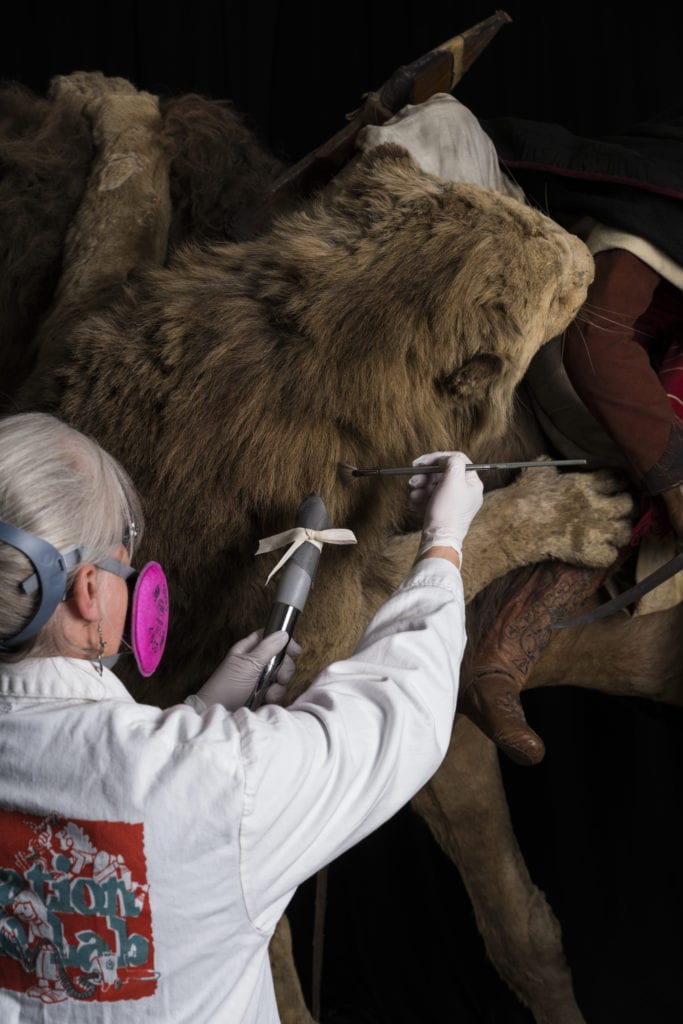COLLECTION CARE AND CONSERVATION AT CARNEGIE MUSEUM OF NATURAL HISTORY
The Section of Collection Care and Conservation is responsible for the long-term preservation of the museum’s collection. The department’s conservator, Gretchen Anderson, performs preventive care and treatment. She works closely with the museum’s curatorial and collections staff, who research and manage the physical and intellectual elements of the various collections including botanical, geological, faunal, and anthropological elements.
Conservators employ a range of skills in the preservation of the museum’s collection. Chief among those skills is material science. They research how materials interact and deteriorate. This includes the materials in the collections and the materials used to store and display the collections. Conservators develop ways to slow deterioration and reduce damage.
Materials science, like other branches of science, relies on data. Conservators collect and analyze data to formulate reasoned responses to preservation problems. This data includes detailed documentation of the condition of various collection items. Conservators also rely on continual monitoring of the environmental conditions in areas where collection items are displayed and stored. This includes buildings, exhibition halls, and even individual display cases.
Natural history collections pose a particular challenge for conservators. Natural history collections range from anthropological materials to ancient and modern animal and plant specimens to geological materials. The materials that make up the collection are susceptible to multiple risks or agents of deterioration. The conservator identifies to which agents of deterioration an object is susceptible to and works to avoid or block those risks. Conservators also monitor conditions for signs of agents of deterioration and respond if they are detected. If necessary, conservators repair damage to objects in the collection.
Japan is the Key: The Eagle Has Landed (Extended) from Carnegie Museum of Art on Vimeo.
Collection Care and Conservation Blogs
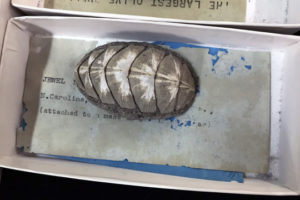
Risk Assessment, or how to keep your collection intact
By Gretchen Anderson, Conservator, and Suzanne B. McLaren, Chair of Collections What are the risks to a museum’s collection? Figure 1: The risks of …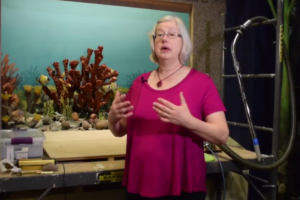
Scientists Live: Conservator Gretchen Anderson
Did you ever wonder who takes care of all the amazing specimens and objects at Carnegie Museum of Natural History? Learn about …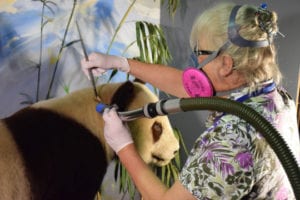
5 Surprising Conservation Facts
by Kathleen Bodenlos Gretchen Anderson is a conservator at Carnegie Museum of Natural History. She is restoring a panda diorama that will …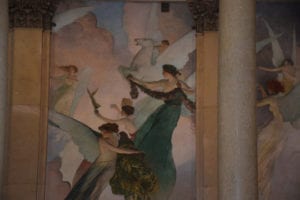
Remembering Restoration
Have you ever noticed two dark squares in the mural on Carnegie Museum of Natural History’s grand staircase? When you’re taking in …

